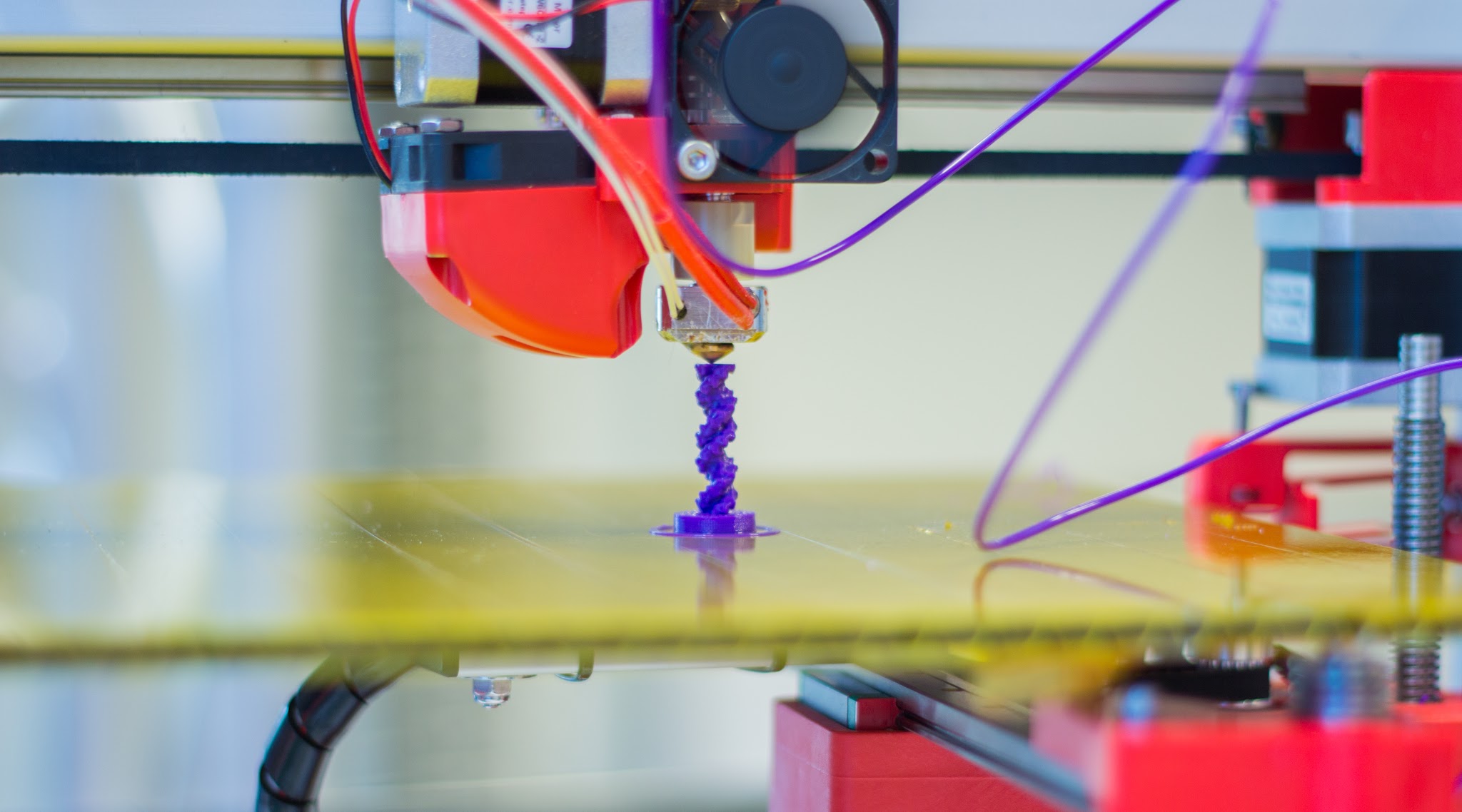3D-Printing is one of the most exciting pieces of technology in modern times, with the ability to create pretty much anything in the comfort of one’s home being of particular interest to people. However, one of the biggest problems with the technology has to do with materials identification. Researchers have recently discovered a way to make this process more efficient and with 95 percent accuracy.
The traditional way of identifying materials to be used for 3D-Printing usually involves destroying the materials. Not only is this method inefficient, it’s also not as accurate and as cost-effective as what researchers from Carnegie Mellon University managed to create. By being considerably more accurate and effortless, the team expects their solution to be adopted over the next five years.
So, what exactly does this method involve? The secret is in machine vision, which teaches artificial intelligence on how to identify particular substances that fit a particular set of rules. As project lead Elizabeth Holm explains it, this makes the process not only less cumbersome, it’s also a lot more affordable.
"In traditional manufacturing, parts are often qualified through destructive testing. A company might produce multiple parts and physically test them to see how they hold up to stress and fatigue. However, that costs a lot of time and money, so it should be avoided in additive manufacturing in order to preserve the on-demand nature of 3-D printing," Holm said. "We therefore are looking to new qualification concepts like machine learning to guarantee successful 3-D printed builds."
What the machine vision is looking for are certain properties of the powdered materials that were the results of traditional destructive testing, TechXplore reports. These would include the materials’ toughness, their strength, and even their fatigue life.
These aspects are important to 3D-printing because their combination represents their viability as useful raw ingredients. By utilizing this new method, the technology just overcame a major obstacle to widespread adoption.



 U.S. Greenlights Nvidia H200 Chip Exports to China With 25% Fee
U.S. Greenlights Nvidia H200 Chip Exports to China With 25% Fee  SK Hynix Considers U.S. ADR Listing to Boost Shareholder Value Amid Rising AI Chip Demand
SK Hynix Considers U.S. ADR Listing to Boost Shareholder Value Amid Rising AI Chip Demand  SpaceX Begins IPO Preparations as Wall Street Banks Line Up for Advisory Roles
SpaceX Begins IPO Preparations as Wall Street Banks Line Up for Advisory Roles  EU Court Cuts Intel Antitrust Fine to €237 Million Amid Long-Running AMD Dispute
EU Court Cuts Intel Antitrust Fine to €237 Million Amid Long-Running AMD Dispute  Apple App Store Injunction Largely Upheld as Appeals Court Rules on Epic Games Case
Apple App Store Injunction Largely Upheld as Appeals Court Rules on Epic Games Case  Australia Enforces World-First Social Media Age Limit as Global Regulation Looms
Australia Enforces World-First Social Media Age Limit as Global Regulation Looms  SoftBank Shares Slide as Oracle’s AI Spending Plans Fuel Market Jitters
SoftBank Shares Slide as Oracle’s AI Spending Plans Fuel Market Jitters  EssilorLuxottica Bets on AI-Powered Smart Glasses as Competition Intensifies
EssilorLuxottica Bets on AI-Powered Smart Glasses as Competition Intensifies  SpaceX Insider Share Sale Values Company Near $800 Billion Amid IPO Speculation
SpaceX Insider Share Sale Values Company Near $800 Billion Amid IPO Speculation  iRobot Files for Chapter 11 Bankruptcy Amid Rising Competition and Tariff Pressures
iRobot Files for Chapter 11 Bankruptcy Amid Rising Competition and Tariff Pressures  Trello Outage Disrupts Users as Access Issues Hit Atlassian’s Work Management Platform
Trello Outage Disrupts Users as Access Issues Hit Atlassian’s Work Management Platform  Mizuho Raises Broadcom Price Target to $450 on Surging AI Chip Demand
Mizuho Raises Broadcom Price Target to $450 on Surging AI Chip Demand  China Adds Domestic AI Chips to Government Procurement List as U.S. Considers Easing Nvidia Export Curbs
China Adds Domestic AI Chips to Government Procurement List as U.S. Considers Easing Nvidia Export Curbs  Australia’s Under-16 Social Media Ban Sparks Global Debate and Early Challenges
Australia’s Under-16 Social Media Ban Sparks Global Debate and Early Challenges 































